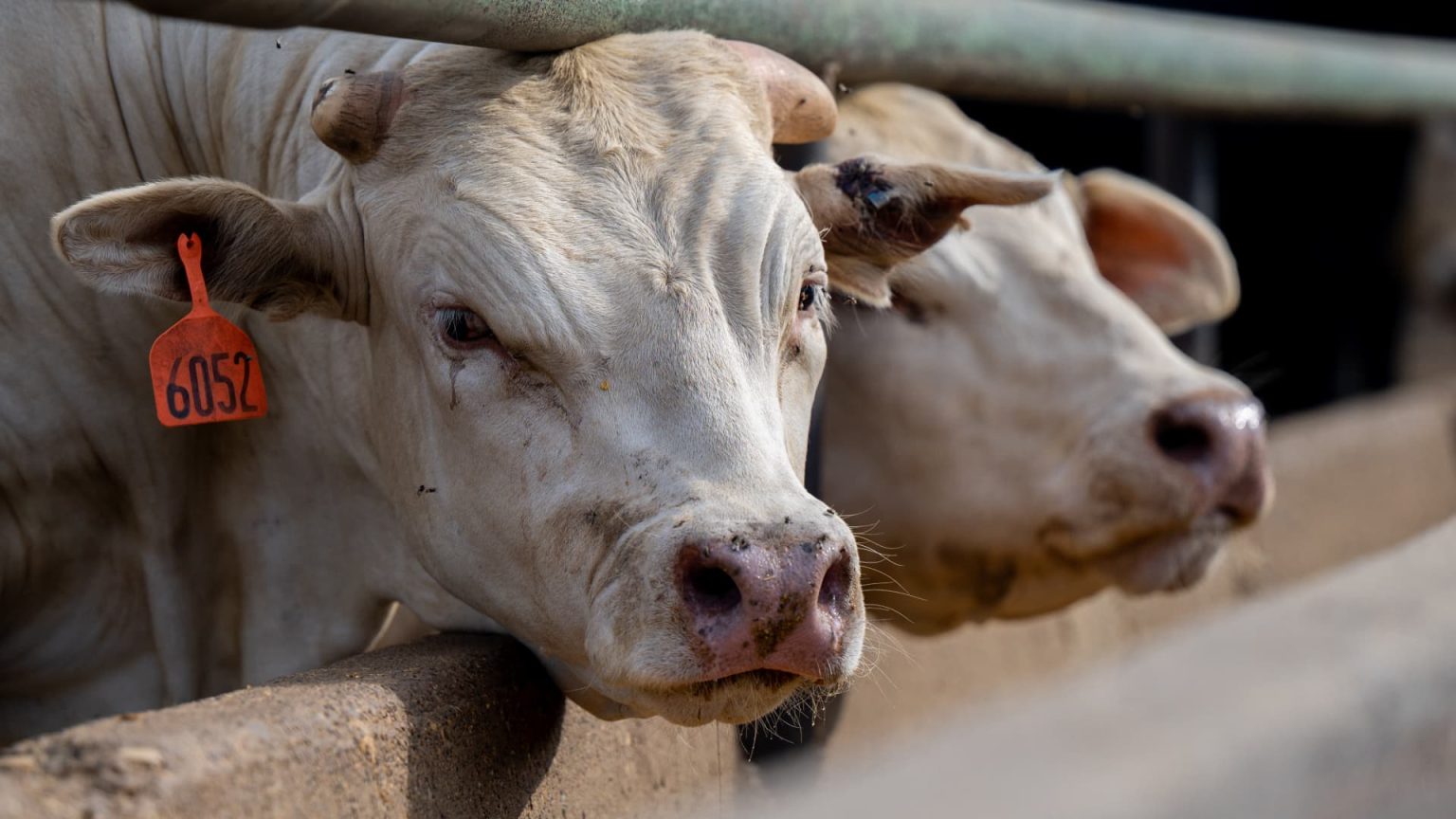U.S. health officials are closely monitoring and preparing to combat the spread of bird flu in humans, particularly the H5N1 strain that has been confirmed in dairy cows across nine states in the U.S., as well as in two individuals. While the risk to the general public remains low, there have been cases of bird flu spreading to humans in rare instances, causing mild to severe symptoms that may require hospitalization. The risk of infection is higher among farmworkers compared to the general population, prompting a need for continued monitoring of new and emerging infections among both humans and animals.
The U.S. government has long stockpiled vaccines and drugs to be used in the event of a possible bird flu pandemic. Recently, efforts have been made to prepare nearly 5 million doses of vaccines expected to be effective against H5N1. Infectious disease experts believe that the U.S. is generally prepared to respond to a wider spread of bird flu in humans, with most necessary tools already on hand. However, the effectiveness of the response will be crucial, and ensuring efficient deployment of resources is essential.
In response to the latest human infection with bird flu in a Michigan dairy worker, the Centers for Disease Control and Prevention (CDC) emphasized that similar cases could be identified due to the high levels of the virus found in raw milk from infected cows. The U.S. government currently has two vaccine candidates that are believed to be a good match for H5N1, with plans to manufacture nearly 5 million doses as an initial line of defense in case of an outbreak. However, additional doses would be needed to vaccinate the entire U.S. population.
Health officials have suggested that more than 100 million doses of human bird flu vaccines could be shipped within three to four months if needed. Given that each individual would require two doses, the challenge lies in determining the appropriate number of vaccines to prepare to avoid waste while efficiently responding to an outbreak. In addition to traditional flu shots, officials are exploring the potential of mRNA vaccines for bird flu, which could be updated more rapidly to match circulating strains but have their own challenges such as storage requirements.
Surveillance systems are in place to monitor the spread of H5N1 among animals and humans, with ongoing analysis to detect genetic changes that could impact the virus’s ability to cause infection in humans or become resistant to vaccines. While testing for bird flu is available at federal, state, and local levels, accessing screening and diagnosis for the average person may be more challenging compared to Covid. Antiviral medications approved for seasonal flu can be used to treat bird flu, though the supply may need to be scaled up to meet demand in the event of a wider outbreak.
To protect against bird flu, individuals are advised to avoid contact with infected animals, wear appropriate protection when necessary, and consume pasteurized products to reduce the risk of infection. Given the potential threat of a bird flu pandemic, health officials stress the importance of preparedness and continued vigilance in monitoring and responding to new infections among both humans and animals. By staying informed and taking preventative measures, individuals can help mitigate the risk of bird flu transmission and protect public health.













